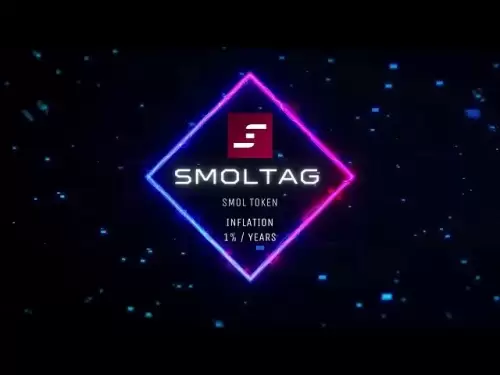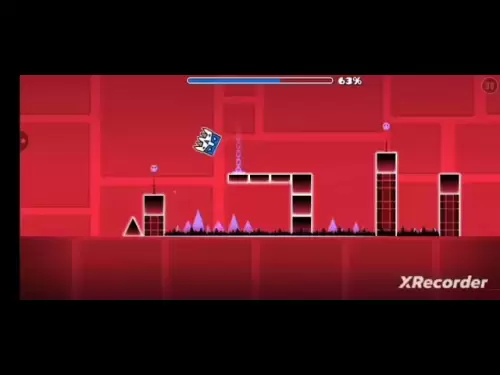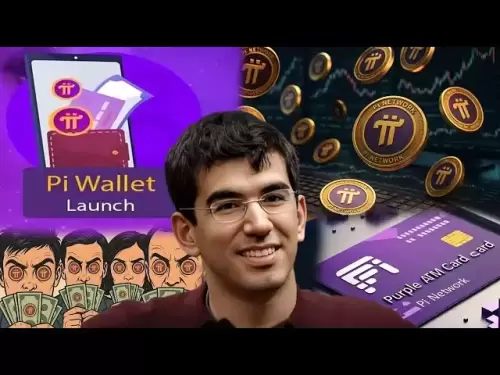-
 Bitcoin
Bitcoin $119300
1.07% -
 Ethereum
Ethereum $3730
3.87% -
 XRP
XRP $3.235
0.29% -
 Tether USDt
Tether USDt $1.000
0.00% -
 BNB
BNB $783.5
1.88% -
 Solana
Solana $188.7
0.25% -
 USDC
USDC $0.0000
-0.01% -
 Dogecoin
Dogecoin $0.2399
-0.44% -
 TRON
TRON $0.3157
2.37% -
 Cardano
Cardano $0.8254
1.94% -
 Hyperliquid
Hyperliquid $42.83
0.14% -
 Stellar
Stellar $0.4372
3.21% -
 Sui
Sui $3.859
4.91% -
 Chainlink
Chainlink $18.53
3.53% -
 Hedera
Hedera $0.2464
0.01% -
 Bitcoin Cash
Bitcoin Cash $519.8
2.46% -
 Avalanche
Avalanche $24.24
2.17% -
 Litecoin
Litecoin $113.7
0.73% -
 UNUS SED LEO
UNUS SED LEO $8.990
0.30% -
 Shiba Inu
Shiba Inu $0.00001390
0.21% -
 Toncoin
Toncoin $3.188
1.49% -
 Ethena USDe
Ethena USDe $1.001
0.02% -
 Polkadot
Polkadot $4.090
-0.91% -
 Uniswap
Uniswap $10.40
4.08% -
 Monero
Monero $326.6
3.12% -
 Bitget Token
Bitget Token $4.627
-0.42% -
 Pepe
Pepe $0.00001281
0.76% -
 Dai
Dai $1.000
0.01% -
 Aave
Aave $291.6
0.98% -
 Cronos
Cronos $0.1269
7.26%
How do Bitcoin miners get paid?
Bitcoin miners earn rewards through block rewards and transaction fees, with earnings distributed via mining pools and influenced by network difficulty, electricity costs, and Bitcoin's price.
Jul 23, 2025 at 09:07 pm
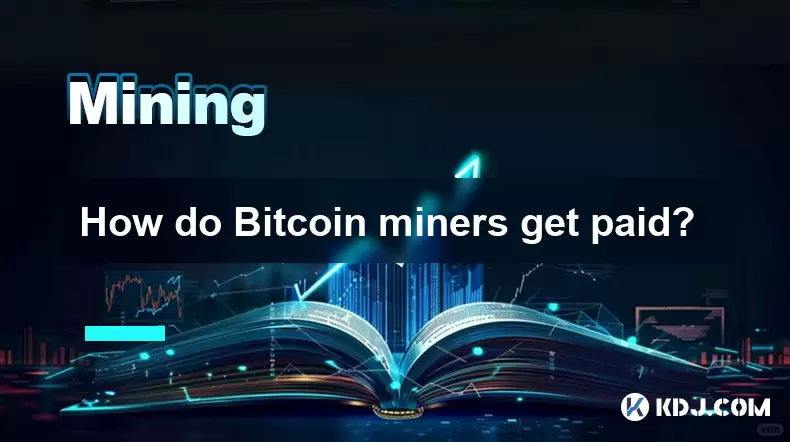
Understanding the Role of Bitcoin Miners
Bitcoin miners play a crucial role in maintaining the integrity and security of the Bitcoin network. They validate transactions and group them into blocks that are added to the blockchain. This process requires substantial computational power and energy. The primary motivation for miners to participate is financial compensation. Miners are rewarded for their work through a combination of block rewards and transaction fees. These incentives ensure that miners continue to support the network even as the supply of new bitcoins gradually diminishes over time.
Block Rewards: The Foundation of Miner Compensation
The most significant source of income for Bitcoin miners comes from the block reward. Whenever a miner successfully solves the cryptographic puzzle required to add a new block to the blockchain, they are granted a predetermined number of newly minted bitcoins. This process is known as proof-of-work. The block reward is hardcoded into the Bitcoin protocol and is distributed automatically upon block confirmation.
- The initial block reward in 2009 was 50 BTC per block.
- Approximately every four years, or after every 210,000 blocks, the reward undergoes a halving event.
- As of the most recent halving in 2024, the block reward stands at 3.125 BTC per block.
This halving mechanism ensures that the total supply of Bitcoin will never exceed 21 million, making it a deflationary asset. The reduction in block rewards over time shifts greater emphasis onto transaction fees as a long-term revenue source for miners.
Transaction Fees: Incentivizing Transaction Processing
In addition to the block reward, miners earn transaction fees from the transactions they include in a block. When users send Bitcoin, they attach a fee to incentivize miners to prioritize their transaction. Transactions with higher fees are typically processed faster, especially during periods of network congestion.
- Users set the fee amount based on transaction size in bytes and current network demand.
- Miners select transactions from the mempool (a holding area for unconfirmed transactions) based on fee per byte.
- The sum of all fees from transactions in a block is collected by the miner who successfully mines that block.
For example, if a block contains 2,000 transactions with an average fee of 10 satoshis per byte and an average transaction size of 200 bytes, the total fee income could exceed 40,000,000 satoshis, or 0.4 BTC. This amount fluctuates significantly depending on network activity.
How Payments Are Distributed in Mining Pools
Individual miners often join mining pools to increase their chances of earning consistent rewards. Since finding a block is probabilistic and resource-intensive, pooling computational power allows participants to share rewards proportionally based on contributed work.
- When a pool successfully mines a block, the 3.125 BTC block reward plus transaction fees are distributed among members.
- Distribution methods vary: Pay-per-Share (PPS), Proportional, and Score-based systems determine how shares translate into payouts.
- Each miner’s hardware submits shares, which are proof of work that meets a lower difficulty threshold than the actual block.
- The pool operator verifies shares and calculates each miner’s portion of the reward.
For instance, if a miner contributes 5% of the total shares during a reward cycle, they receive approximately 5% of the total payout, minus a small pool fee (typically 1%–3%).
Technical Process of Receiving Miner Payments
Once a block is successfully mined, the payment process is automated through the Bitcoin protocol. The winning miner or pool must specify a destination address where the reward will be sent. This occurs in the coinbase transaction, the first transaction in every block.
- The coinbase transaction has no inputs and creates new bitcoins.
- It includes the block reward and the sum of transaction fees from the block.
- The output specifies a Bitcoin address controlled by the miner or pool.
- This transaction becomes valid only after the block receives six confirmations, ensuring it is part of the longest chain.
Miners must securely manage their private keys to access these funds. Many use hardware wallets or cold storage solutions to protect against theft. Pool participants receive payouts automatically to their registered addresses, usually on a daily or per-block basis, depending on the pool’s policy.
Factors Influencing Miner Profitability
While the payment structure is clear, actual profitability depends on several variables. Miners must account for operational costs and network dynamics.
- Electricity cost: High energy consumption makes cheap electricity essential.
- Hardware efficiency: Application-Specific Integrated Circuits (ASICs) vary in hash rate and power usage.
- Network difficulty: Adjusts every 2,016 blocks to maintain a 10-minute block time, affecting mining success rate.
- Bitcoin price: Fluctuations directly impact the USD value of BTC rewards.
- Pool fees and latency: Delays in share submission reduce effective contribution.
A miner using a modern ASIC with a hash rate of 100 TH/s in a region with $0.06 per kWh electricity might earn approximately 0.0005 BTC per day pre-pool fees, depending on current difficulty and Bitcoin price.
Frequently Asked Questions
Can miners choose which transactions to include in a block?
Yes, miners have full discretion over which transactions to include from the mempool. They typically prioritize those with the highest fee per byte to maximize earnings. However, they must follow consensus rules—invalid transactions will cause the entire block to be rejected by the network.
What happens if two miners find a block at the same time?
When a chain split occurs, both blocks are temporarily valid. Miners continue building on whichever version they receive first. The network eventually accepts the chain with the most cumulative proof-of-work. The miner on the losing chain does not receive the block reward, though their transaction fees are returned to the mempool.
Is it possible to mine Bitcoin with a regular computer today?
No, mining Bitcoin with a CPU or GPU is no longer feasible. The network’s hash rate is dominated by ASICs, which are millions of times more efficient. A regular computer would take thousands of years to mine a single block, making it unprofitable even with zero electricity cost.
Do miners get paid even if their block isn’t added to the main chain?
No, only blocks that become part of the longest valid chain generate rewards. Orphaned or stale blocks, while technically valid, are discarded by the network. Miners receive no compensation for such blocks, which is why low-latency connections and reliable pool participation are critical.
Disclaimer:info@kdj.com
The information provided is not trading advice. kdj.com does not assume any responsibility for any investments made based on the information provided in this article. Cryptocurrencies are highly volatile and it is highly recommended that you invest with caution after thorough research!
If you believe that the content used on this website infringes your copyright, please contact us immediately (info@kdj.com) and we will delete it promptly.
- WazirX, Revote, and Crypto Unlock: A New York Minute on the Latest Developments
- 2025-07-25 06:50:11
- Satoshi-Era Bitcoin Whale Awakens: $469 Million in BTC on the Move
- 2025-07-25 06:30:11
- TIA Tokens, Crypto Shift & Ripple Effect: What's the Deal?
- 2025-07-25 07:10:11
- Bored Ape Trademark Tussle: Appeals Court Throws a Wrench in Yuga Labs' Victory
- 2025-07-25 06:30:11
- SAHARA Token Under Bearish Pressure: $4.72B Volume Signals Caution
- 2025-07-25 05:30:11
- Dogecoin, Meme Coins, and 2025: What's the Hype?
- 2025-07-25 05:10:11
Related knowledge
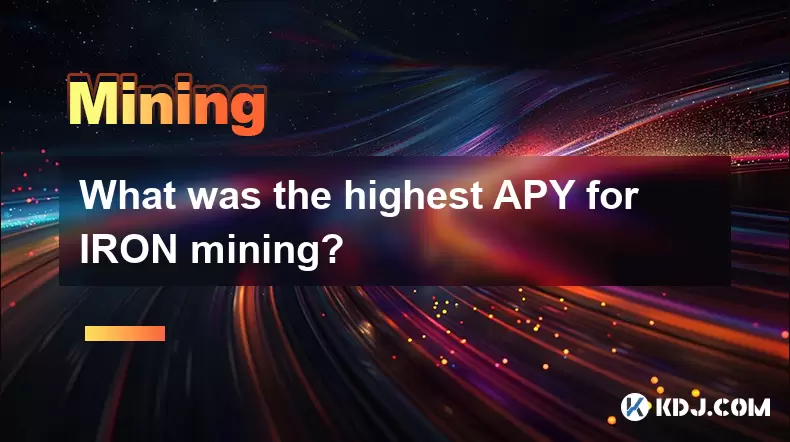
What was the highest APY for IRON mining?
Jul 23,2025 at 05:14am
Understanding IRON Token and Its Mining MechanismThe IRON token is a stablecoin that operates within the Iron Finance ecosystem, primarily on blockcha...

What is impermanent loss in IRON pools?
Jul 23,2025 at 09:00am
Understanding Impermanent Loss in the Context of IRON PoolsImpermanent loss is a phenomenon that affects liquidity providers in decentralized finance ...
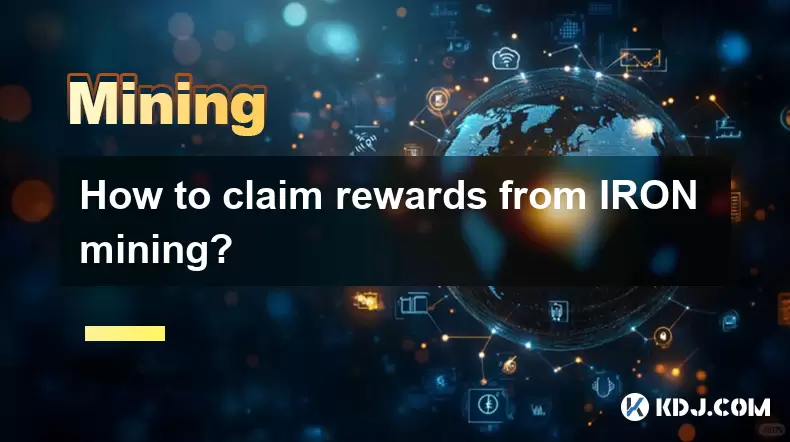
How to claim rewards from IRON mining?
Jul 23,2025 at 02:21pm
Understanding IRON Mining and Reward MechanismsIRON Finance operated as a decentralized finance (DeFi) protocol on the Polygon and Binance Smart Chain...
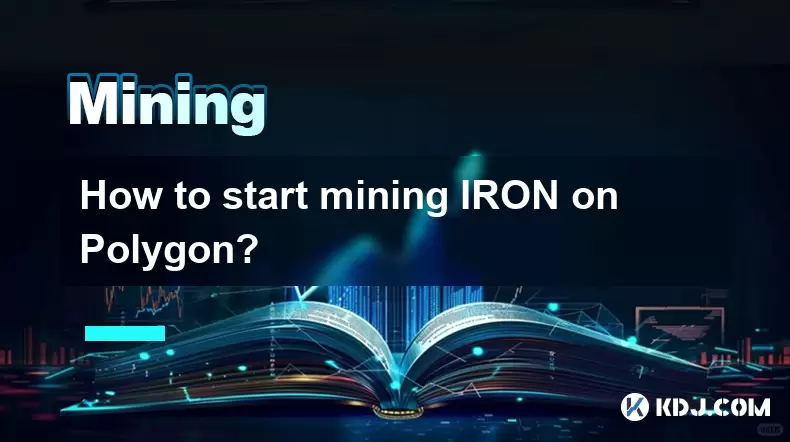
How to start mining IRON on Polygon?
Jul 23,2025 at 08:00pm
Understanding IRON and Its Role on PolygonIRON is a decentralized, algorithmic stablecoin designed to maintain a 1:1 peg with the US dollar. It operat...
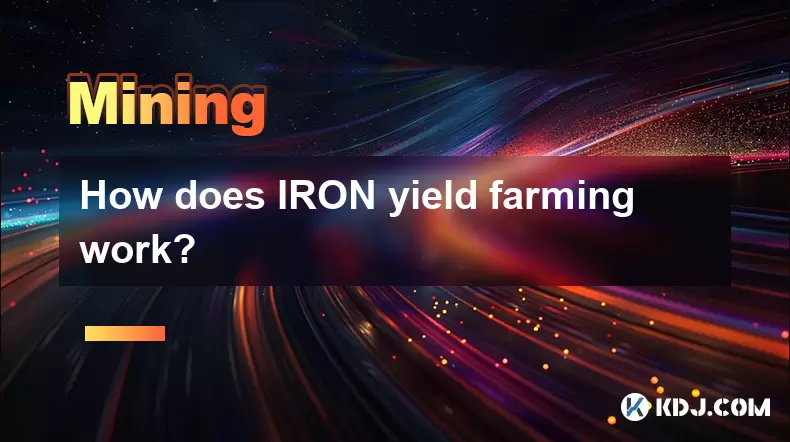
How does IRON yield farming work?
Jul 23,2025 at 10:14pm
Understanding IRON Yield Farming and Its Core MechanismIRON yield farming is a decentralized finance (DeFi) strategy that allows users to earn rewards...
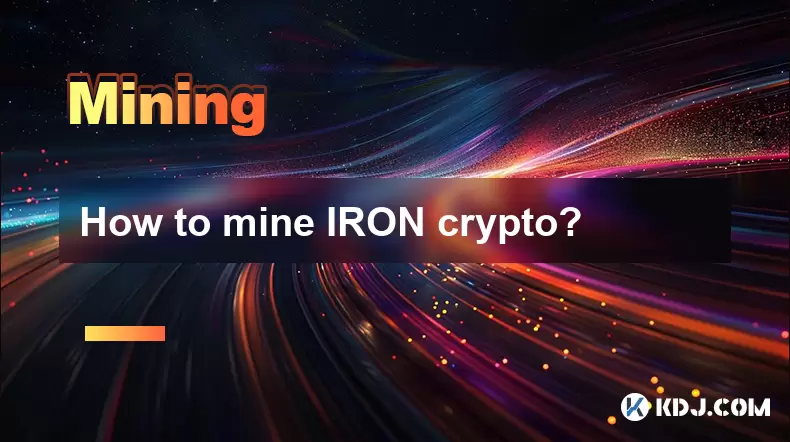
How to mine IRON crypto?
Jul 23,2025 at 07:08pm
Understanding IRON Crypto and Its Mining MechanismIRON crypto is not a standalone blockchain-based cryptocurrency that can be mined using traditional ...

What was the highest APY for IRON mining?
Jul 23,2025 at 05:14am
Understanding IRON Token and Its Mining MechanismThe IRON token is a stablecoin that operates within the Iron Finance ecosystem, primarily on blockcha...

What is impermanent loss in IRON pools?
Jul 23,2025 at 09:00am
Understanding Impermanent Loss in the Context of IRON PoolsImpermanent loss is a phenomenon that affects liquidity providers in decentralized finance ...

How to claim rewards from IRON mining?
Jul 23,2025 at 02:21pm
Understanding IRON Mining and Reward MechanismsIRON Finance operated as a decentralized finance (DeFi) protocol on the Polygon and Binance Smart Chain...

How to start mining IRON on Polygon?
Jul 23,2025 at 08:00pm
Understanding IRON and Its Role on PolygonIRON is a decentralized, algorithmic stablecoin designed to maintain a 1:1 peg with the US dollar. It operat...

How does IRON yield farming work?
Jul 23,2025 at 10:14pm
Understanding IRON Yield Farming and Its Core MechanismIRON yield farming is a decentralized finance (DeFi) strategy that allows users to earn rewards...

How to mine IRON crypto?
Jul 23,2025 at 07:08pm
Understanding IRON Crypto and Its Mining MechanismIRON crypto is not a standalone blockchain-based cryptocurrency that can be mined using traditional ...
See all articles





















